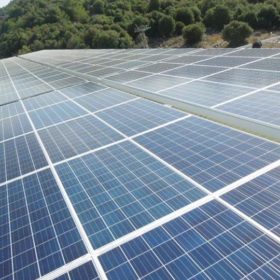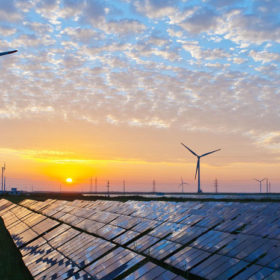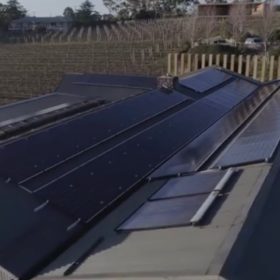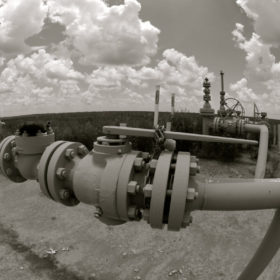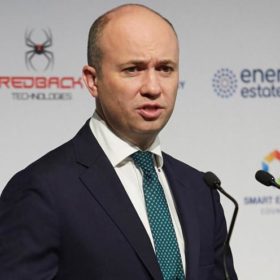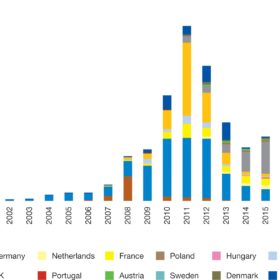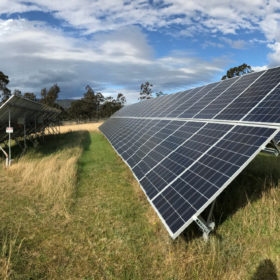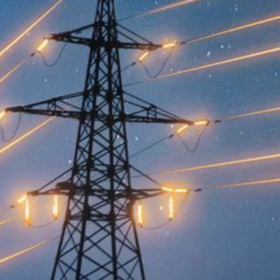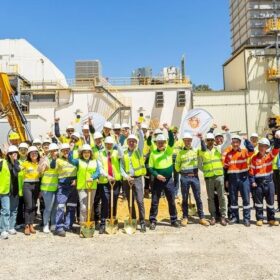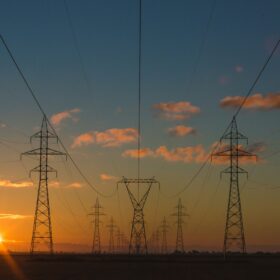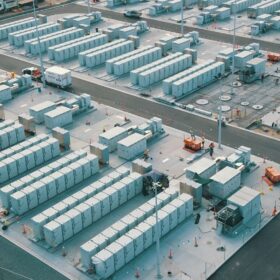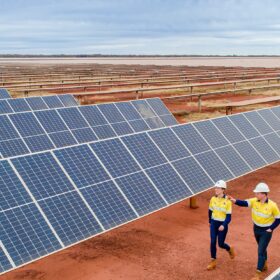Shell invests in ESCO Pacific to drive growth in Australian solar
Fossil fuel giant Royal Dutch Shell has snapped up a 49% stake in one of the biggest Australian utility-scale solar developers furthering its expansion into the market.
Power Ledger enables solar P2P trading in new Perth development
Peer-to-peer energy trading (P2P), the signature of Power Ledger and already a recognised Australian digital export, is set to be installed into nine apartments in Perth’s eastern suburbs. The development’s integration with smart energy trading technology will allow the space to share a solar PV system and SENEC battery.
Risen Energy unveils 500 Wp+ half cut mono PERC modules
The PV manufacturer announced the development of the new solar panels, which feature new M12 series monocrystalline wafers, at a conference on Thursday in the Chinese city of Ningbo. The 50-cell modules are actually slightly bigger than 72-cell designs with 156.75 mm wafers, it said.
AEMO calls for over 30 GW of solar and wind to replace coal-fired generation by 2040
To fill the gap left by retiring coal-fired plants, the Australian Energy Market Operator forecasts that Australia should invest in a further 30-47 GW of new large-scale wind and solar projects by 2040. At the end of the outlook period, AEMO projects that distributed energy resources could provide up to 13% to 22% of total underlying annual NEM energy consumption.
Queensland set to get its first 100% electric delivery truck
Queensland gets its first 100% electric delivery vehicle as Ikea’s newest form of transport hit the road.
ARENA boosts Sustainable Australia Fund, more renewables access for small businesses
The Australian Renewable Energy Agency (ARENA) is set to aid small businesses become more sustainable with the announcement of expanded funding for the Sustainable Australia Fund (SAF). The funding will help to provide more access to renewable energies and other low-cost energy-efficient upgrades for local businesses.
Investors learn about Tasmania’s green hydrogen potential
Tasmania has approached international investors to present its unique potential for the production of hydrogen from renewable sources as it seeks to emerge at the forefront of the nation’s green hydrogen push.
NSW Minister Matt Kean doesn’t beat around the burning bush
New South Wales (NSW) Energy & Environment Minister Matt Kean’s address at the Smart Energy Council’s (SEC) National Smart Energy Summit was full of sharp statements and strong solar support.
Europe on track for decade-topping 16.7 GW of new solar this year
Trade body SolarPower Europe’s preliminary statistics suggest this could be the continent’s best year for PV since 2010, with capacity additions set to soar 104% year on year. Spain is leading the way with an expected 4.7 GW of new solar, followed by Germany, with 4 GW.
160 MW solar farm approved in the Dubbo region
Labelled as a state significant development, the Maryvale Solar Farm has received a regulatory nod, opening the way for construction work to begin. The project is owned by Photon Energy, Canadian Solar and Polpo Investments.


